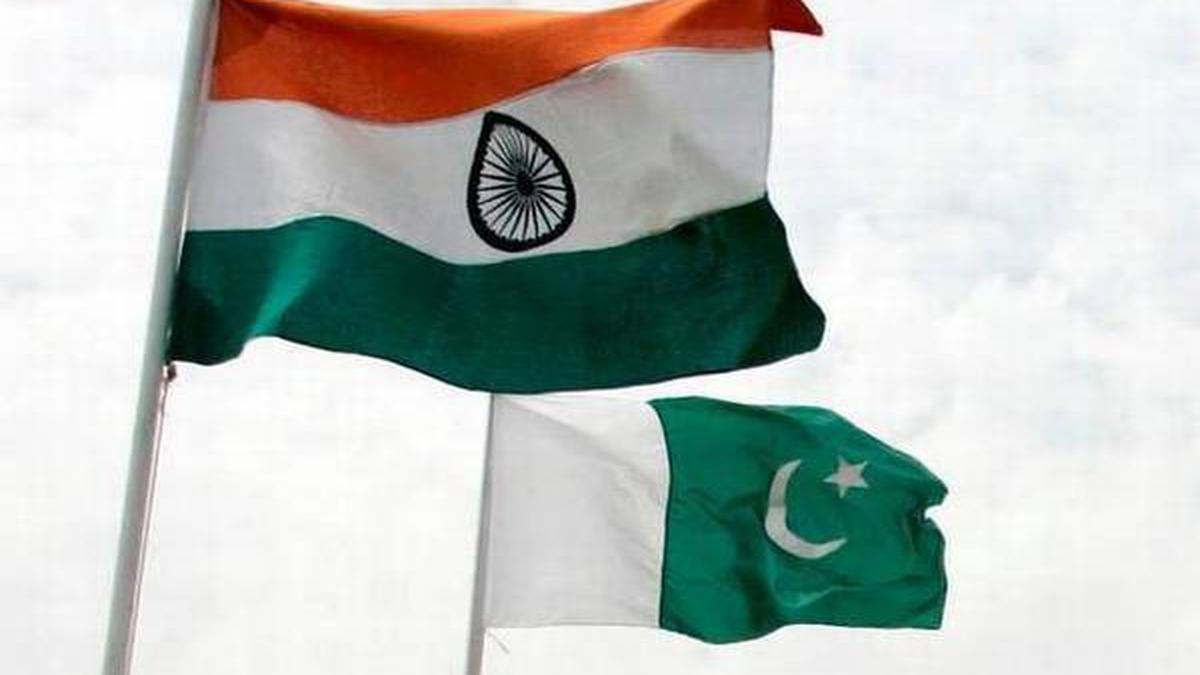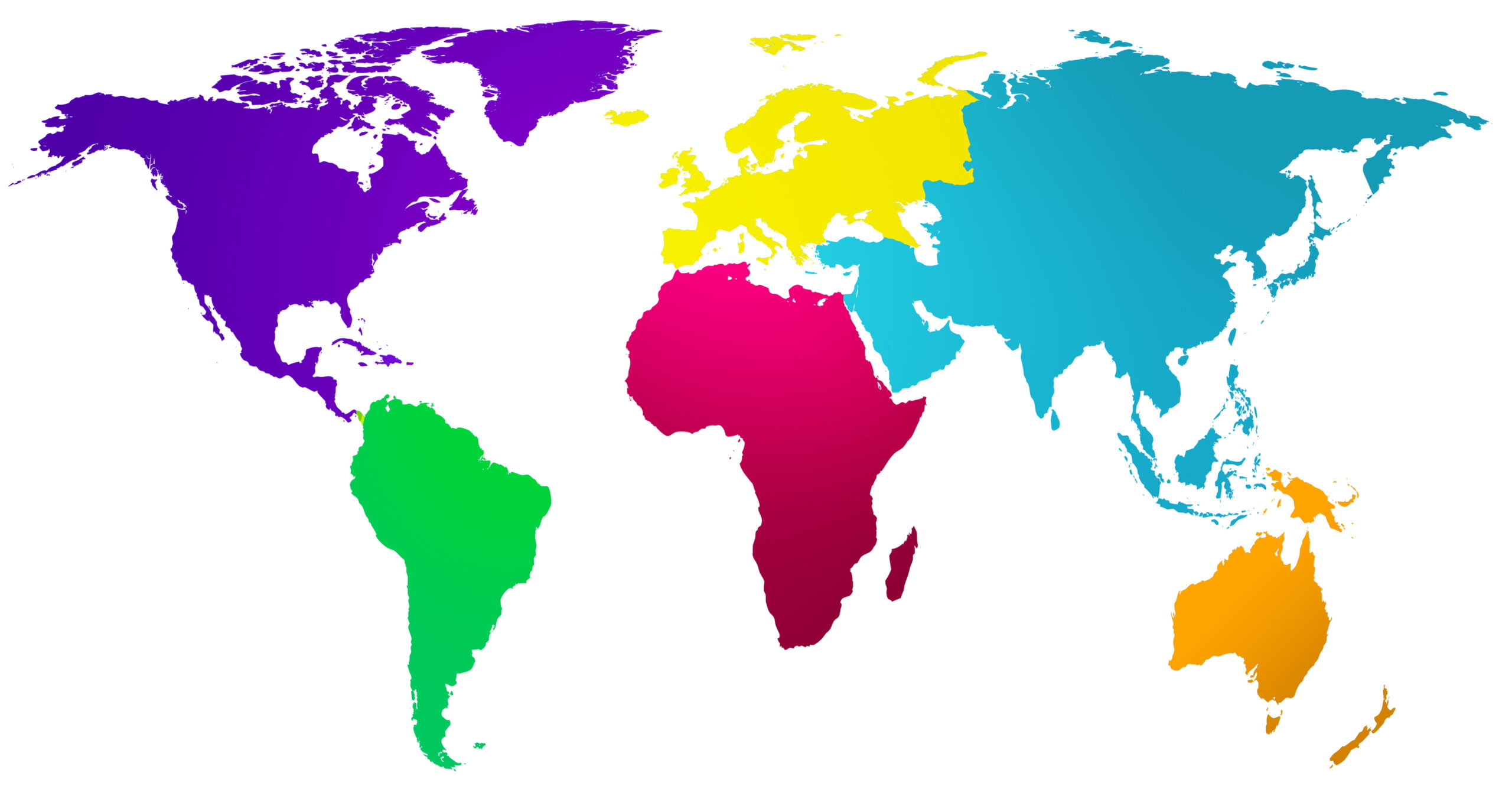The National Family Health Survey (NFHS) is a large scale, multi-round survey to collect State and National information for India on –
- Fertility
- infant and child mortality
- the practice of family planning
- maternal and child health
- reproductive health
- Nutrition
- Anemia
- utilization and quality of health and family planning services.
National Family Health Survey (NFHS) First round was conducted in 1992-92. After that, four other rounds have successfully taken place. The latest NFHS 5 started in 2019-20 and its findings were released in December 2020.
Major objective of NFHS Survey:
Each round of the NFHS has had two distinct objectives:
- The National Family Health Survey (NFHS) provides vital health and family welfare data to the Ministry of Health and Family Welfare and other government agencies for policy and program development.
- This survey provides information on important emerging health and family welfare issues.
History of National Family Health Survey:
These Surveys are conducted under the stewardship of the Ministry of Health and Family Welfare. Government of India.
The government designated the International Institute for Population Sciences (IIPS) Mumbai as the nodal agency responsible for coordinating and technical guidance for all NFHS surveys. IIPS collaborated with a number of Field Organizations (FO) for survey implementation.
Let’s take a look at a previously conducted survey by NFHS.
| S.No | Survey Name | Survey Year |
| 1 | NFHS-1 | 1992-93 |
| 2 | NFHS-2 | 1998-99 |
| 3 | NFHS-3 | 2005-06 |
| 4 | NFHS-4 | 2014-15 |
| 5 | NFHS-5 | 2019-21 |
Key Points from NFHS-5:
- Total Fertility Rate (TFR): In Comparison to the NFHS-4 data, India had succeeded in population control measures, The Total Fertility rate has significantly decreased from 2.2 to 2.0.
Still, there are some states, which are above the fertility rate of 2.1. These states are Bihar (2.98), Meghalaya (2.91), Uttar Pradesh (2.35), and Jharkhand (2.26) Manipur (2.17). - Contraceptive Prevalence Rate (CPR): The fertility rate has decreased in the country. The use of Modern contraceptives has increased substantially from 54% to 67% in the country.
- Child Vaccination rate increased: More than 77% of children aged 12 to 23 months were fully vaccinated in NFHS-5, compared to 62 percent in NFHS-4.
- Telangana, Kerala, Bihar, Assam, and the UT of J&K have witnessed an increase in Child Wasting.
- Child Stunting: Telangana, Gujrat, Kerala, Maharashtra, and West Bengal saw increased levels of child Stunting.
- West Bengal had the highest percentage of anaemic men and women, while Gujrat had the highest percentage of anaemic children.
- Sex Ratio: The sex ratio of the total population decreased in Himachal Pradesh, Kerala, Andaman and Nicobar Islands, Jammu and Kashmir, and Ladakh.
- The use of clean cooking fuel (44% to 59%) and improved sanitation facilities (49% to 70%), including a hand-washing facility with soap and water (60% to 78%) improved significantly between NFHS-4 and NFHS-5.



